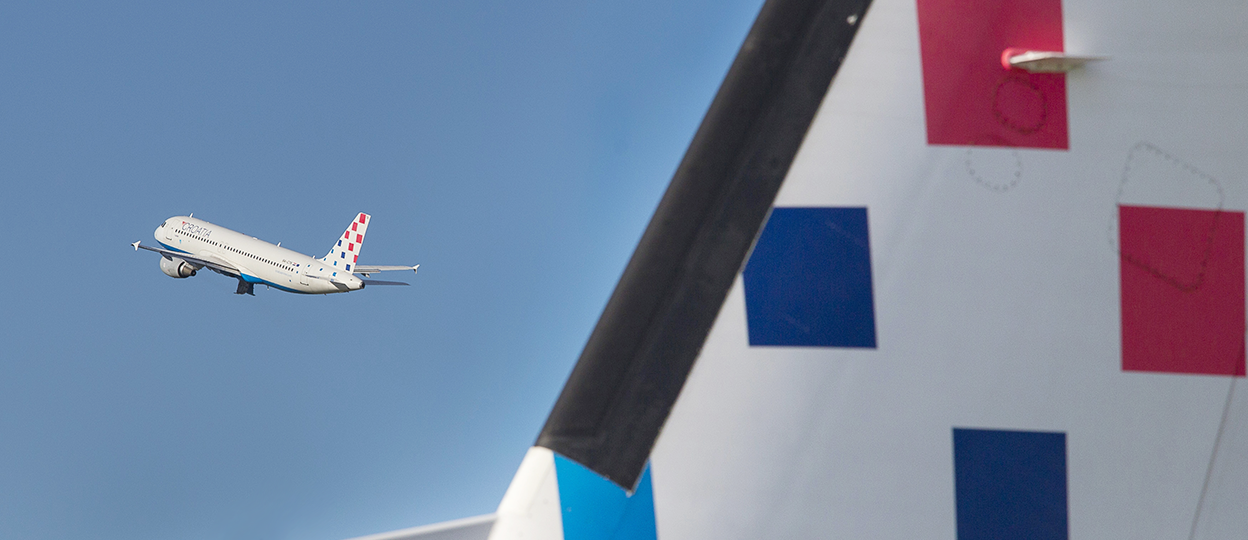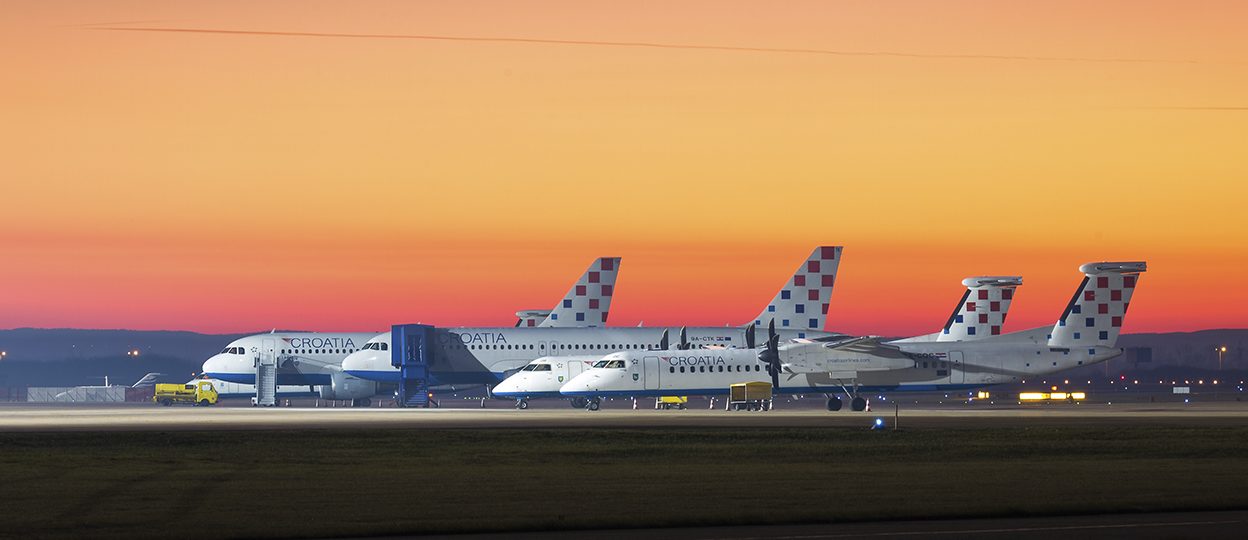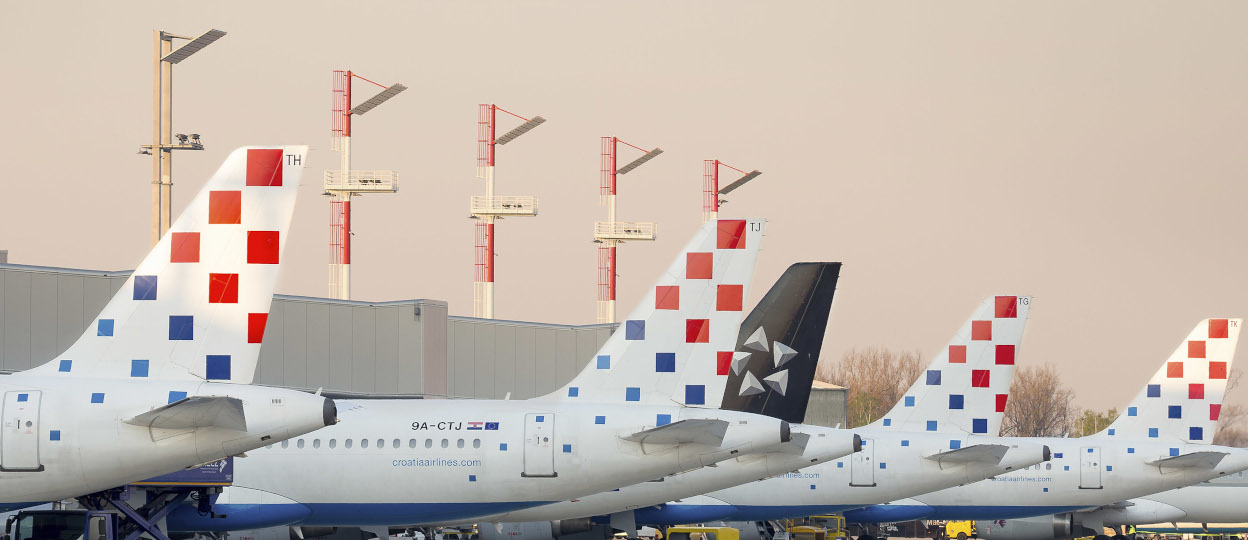About us

Company information
Croatia Airlines, the national air carrier, has been carrying passengers and cargo in domestic and international traffic for more than 30 years.
more >
Social responsibility
We offer our passengers a high level of service, placing special emphasis on safety and service quality and promoting Croatian culture and tourism.
more >
Corporate governance
Get to know the rules, practices, and policies by which our company is governed.
more >
Partners & Alliances
Take a look at the partnerships and alliances Croatia Airlines entered over the years.
more >CALENDAR
Best prices
Please select return trip, departure and arrival to see Best prices calendar.
Price is currently not available.
Best price for round trip
Trip duration
Price for return flight per 1 adult passenger and includes taxes and fees.